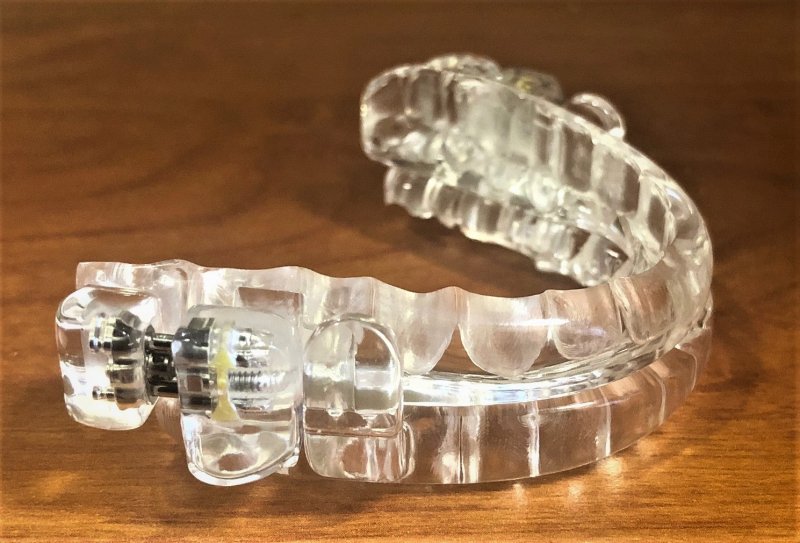
When learning you have sleep apnea, there is a good chance your doctor will recommend an oral appliance. This small, portable, and easy-to-use device may seem simple and far more convenient, but it might also take a bit of time getting used to having it in your mouth while sleeping. To ensure you have the most comfortable experience, learn what tips to remember that will make adjusting to your oral appliance much easier.
What Makes an Oral Appliance Difficult For Some Patients?
It’s not uncommon for many patients suffering from sleep apnea to receive an oral appliance and suddenly wonder if they made the right decision. Yes, CPAP machines are bulky and difficult to maneuver, but the complaints that can come with an oral device can make it hard to adjust to. Some of the most frequent issues a person might experience when wearing one of these appliances include:
- Discomfort – You need to remember that this is a foreign object in your mouth, so your teeth, jaw, gums, and cheeks will need time to adjust. If the hard plastic material feels tight, it’s likely because it’s a proper fit, ensuring it doesn’t fall out while you’re asleep, which is exactly what you don’t want to happen!
- Unconscious Removal at Night – This is a similar problem that orthodontic patients experience when wearing rubber bands. You may wake unconsciously throughout the night and remove your oral appliance because it is something new in your mouth.
- Excessive Drooling – Because of the additional object in your mouth, you may begin to drool more excessively, which can be bothersome for some individuals.
- Strong Gagging – Depending on your gag reflex, inserting your oral appliance may trigger it, making it more difficult in the beginning.
Tips to Adjusting to Your New Oral Device
The good news is that there are things you can do to minimize these issues and ensure that your oral appliance stays in at night, making it possible for you to breathe easier and sleep better. If you are having trouble adjusting to your device, try the following:
- Wear your oral appliance off and on throughout the day to help your mouth become more accustomed to the device. This will allow your gag reflex to lessen over time.
- Focus on breathing through your nose and simply relax. Although it may be difficult at first, it will improve in the following days and weeks.
If for any reason the above-mentioned recommendations don’t work, it may be that your appliance does not fit correctly. It is advised that you schedule an appointment with your sleep dentist in Powell and bring it in. Appropriate adjustments can be made, or a new device can be created depending on your needs.
You can expect to adjust to your oral appliance within 2-3 weeks. By keeping these tips in mind and not giving up on the process, you’ll begin to enjoy a better quality of life in no time at all.
About the Author
Dr. Shelley Shults is a board-certified nurse practitioner, general dentist, and dental sleep medicine practitioner. In 2001, she graduated from The Ohio State University with a Doctor of Dental Surgery degree. Dr. Shults and her team at Powell Dental Sleep Solutions are here to help you achieve better sleep with the use of a custom oral appliance. Should you experience difficulty adjusting to your new device, contact us at (614) 396-9310.
